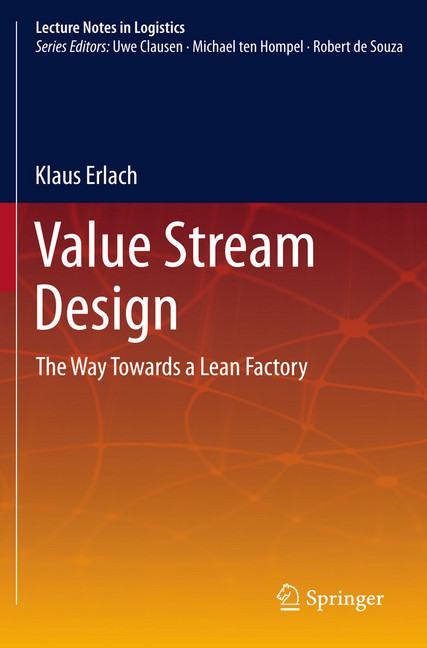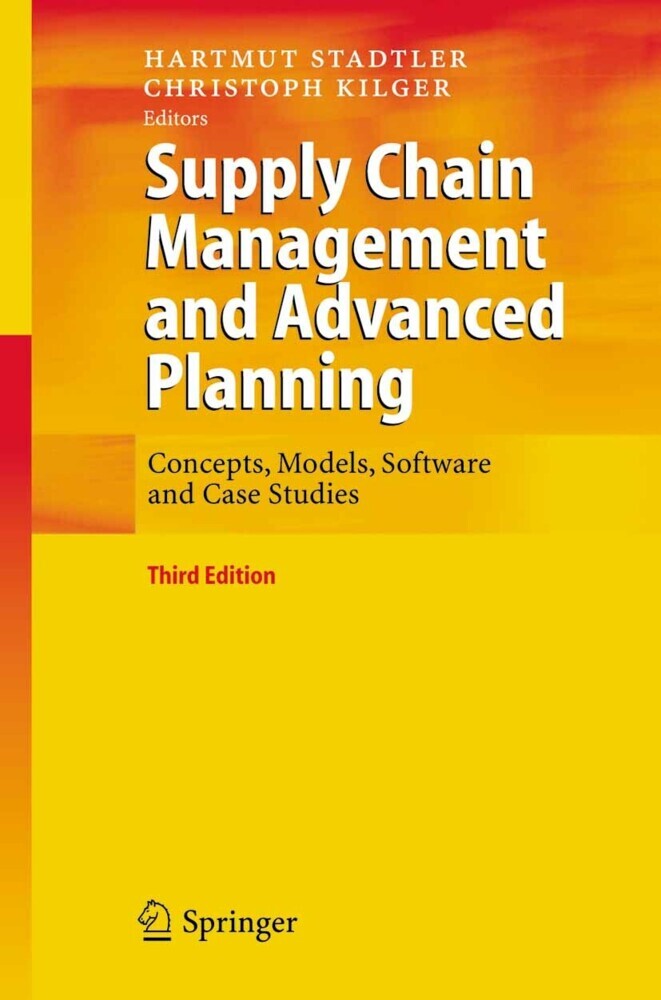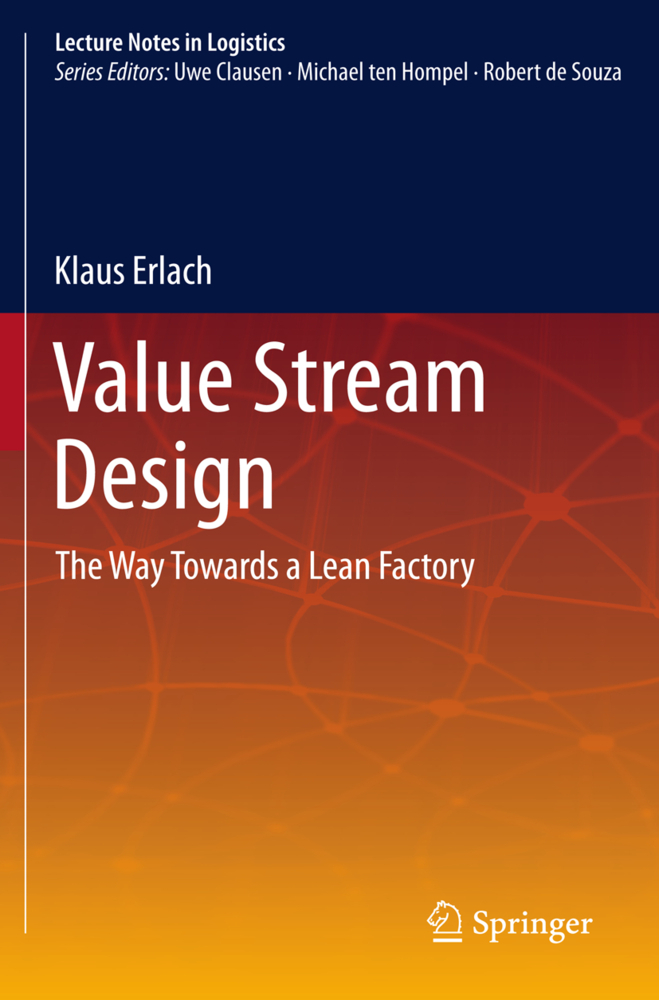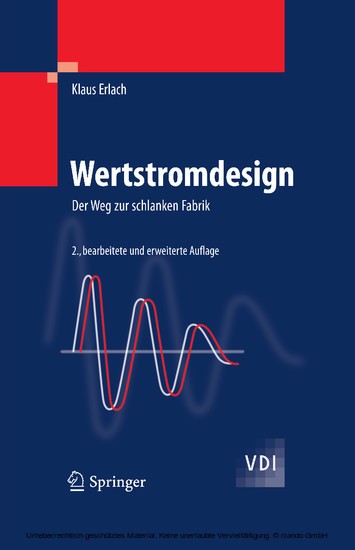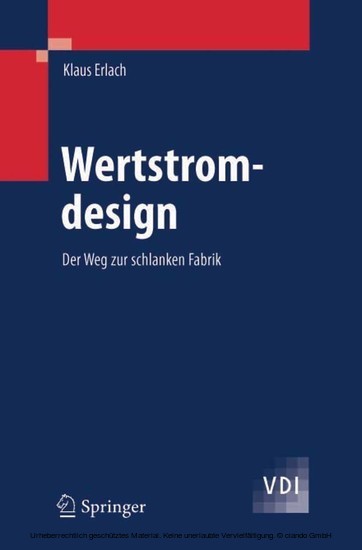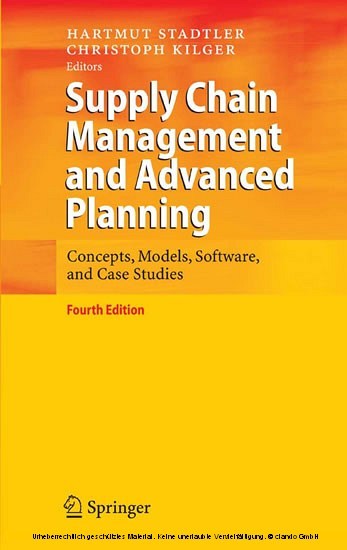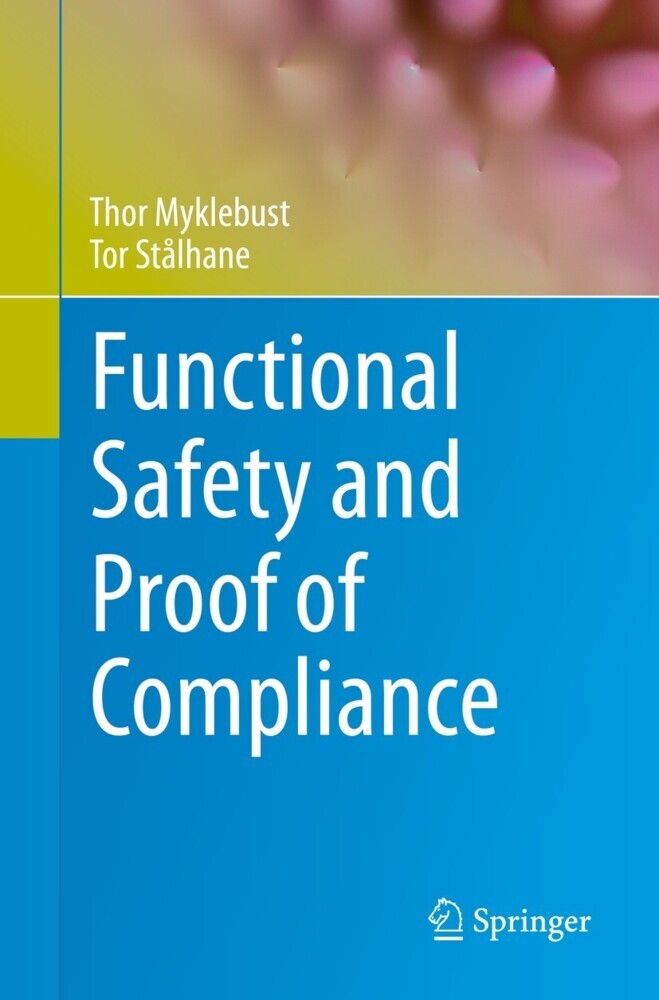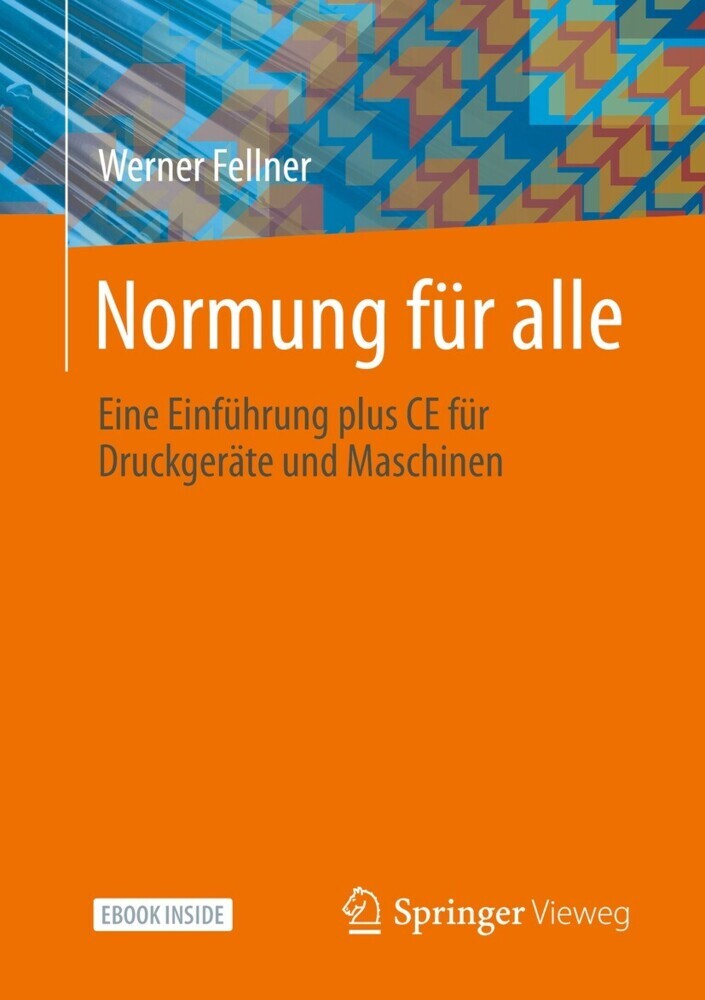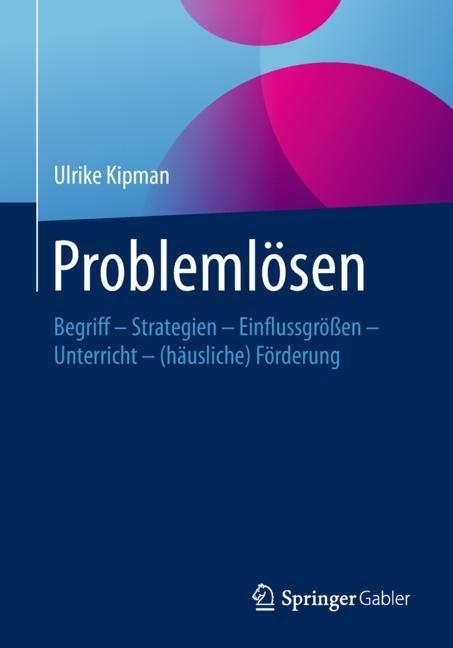Value Stream Design
The Way Towards a Lean Factory
Value stream design is increasingly asserting itself as the key approach for production optimization, but there has never been a detailed and systematic presentation of the value stream method before - a gap that has now been filled by this book.
The author provides an easily comprehensible code of practice for the effective analysis of production processes, product family-oriented factory structuring and the target-oriented development of an ideal future state of production. The book plausibly conveys ten design guidelines for production optimization with corresponding equations, descriptive illustrations and industrial examples well-proven in numerous industrial projects. It addresses the professional public, practitioners wishing to avoid waste and systematically improve their factories' value streams, and students - tomorrow's practitioners.
In contrast to other publications, this book complements the value stream analysis and its unique compact visualization of the entire production process by a detailed illustration of the information flow and a comprehensive discussion of the operator balance chart. The "traditional" concept of value stream design is significantly expanded with a view to its applicability in complex productions by way of methodological innovation and further development concerning campaign formation, value stream management and technological process integration. The method is embedded in a comprehensive procedural approach for factory planning, starting with the definition of the desired lean production goals.
Dr. Klaus Erlach studied mechanical engineering and philosophy in Darmstadt, Stuttgart and Tübingen, Germany. As a long-standing consultant for factory planning and production process optimization he is also involved in the development of suitable design methods at the Fraunhofer IPA Institute for Manufacturing Engineering and Automation, Stuttgart, where he is responsible for numerous projects on value stream-oriented factory planning in different industries. He is also an adjunct lecturer at several European universities.
The author provides an easily comprehensible code of practice for the effective analysis of production processes, product family-oriented factory structuring and the target-oriented development of an ideal future state of production. The book plausibly conveys ten design guidelines for production optimization with corresponding equations, descriptive illustrations and industrial examples well-proven in numerous industrial projects. It addresses the professional public, practitioners wishing to avoid waste and systematically improve their factories' value streams, and students - tomorrow's practitioners.
In contrast to other publications, this book complements the value stream analysis and its unique compact visualization of the entire production process by a detailed illustration of the information flow and a comprehensive discussion of the operator balance chart. The "traditional" concept of value stream design is significantly expanded with a view to its applicability in complex productions by way of methodological innovation and further development concerning campaign formation, value stream management and technological process integration. The method is embedded in a comprehensive procedural approach for factory planning, starting with the definition of the desired lean production goals.
Dr. Klaus Erlach studied mechanical engineering and philosophy in Darmstadt, Stuttgart and Tübingen, Germany. As a long-standing consultant for factory planning and production process optimization he is also involved in the development of suitable design methods at the Fraunhofer IPA Institute for Manufacturing Engineering and Automation, Stuttgart, where he is responsible for numerous projects on value stream-oriented factory planning in different industries. He is also an adjunct lecturer at several European universities.
Erlach, Klaus
| ISBN | 9783642125690 |
|---|---|
| Artikelnummer | 9783642125690 |
| Medientyp | E-Book - PDF |
| Auflage | 2. Aufl. |
| Copyrightjahr | 2012 |
| Verlag | Springer-Verlag |
| Umfang | 324 Seiten |
| Abbildungen | w. 160 ill. |
| Sprache | Englisch |
| Kopierschutz | Digitales Wasserzeichen |

